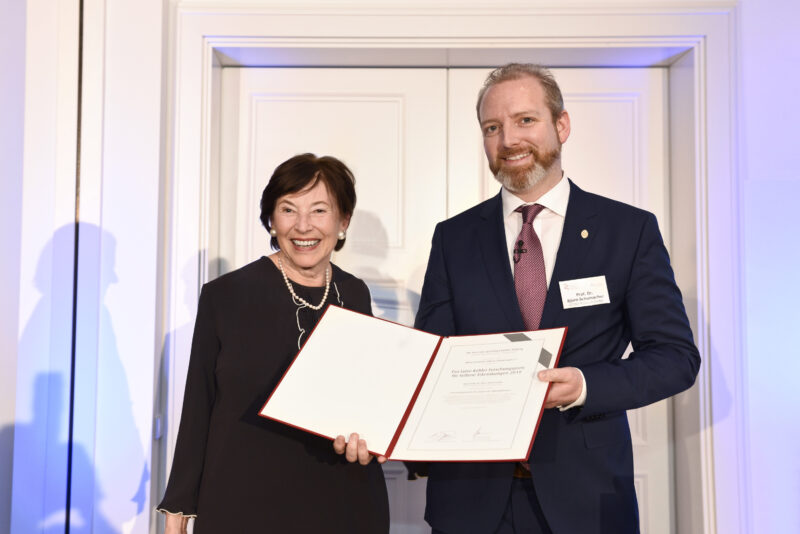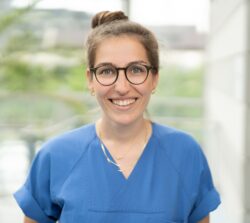Calcified arteries, cataracts, kidney failure – children with Cockayne syndrome have massive signs of ageing even at a young age. There is currently no cure, and the lives of patients with the disease end early. Thanks to Professor Björn Schumacher’s research, these young patients could be helped in the future.
What does a tiny threadworm have to do with us humans? Quite a lot! The little animal is up to 60 per cent genetically similar to us and undergoes the same ageing processes as we do. Biologist Professor Björn Schumacher from the CECAD Cluster of Excellence for Ageing Research at the University of Cologne took advantage of this. Together with his team, he studied the animals and gained important insights into how patients with Cockayne syndrome could be treated in the future. In 2019, he was honoured with the Eva Luise Köhler Research Award for Rare Diseases for his work.
The Disease
Cockayne syndrome (CS) is a very rare hereditary disease. It is estimated that one in around 200,000 newborns in Europe is affected every year. The disease is caused by a genetic defect: mechanisms that are necessary for DNA repair do not work. But we are dependent on this. This is because our genetic material is damaged and repaired tens of thousands of times every day. Children with CS who lack these repair mechanisms develop various symptoms: deep facial wrinkles and thin hair, calcified arteries, cataracts and neurodegeneration. There is currently no cure for the genetic defect, not even a treatment. Most children do not reach adulthood.
The Research
If nematodes carry the same mutation as humans with Cockayne syndrome, this also has very similar effects. Professor Björn Schumacher used this to conduct model experiments to investigate why the genetic defect leads to premature ageing in the first place. One finding: the lack of a repair mechanism and the resulting permanent damage to the DNA cause the cells to react with a complex signalling chain. At the end of this chain, the cells die. The body is then unable to develop and loses its ability to function. ‘If we inhibit this signalling pathway, the organism could survive despite the genetic defect,’ explains the biologist. ‘Inhibition could therefore prolong life and maintain health.’
The Future
Professor Björn Schumacher and his team hope to use these findings to develop a drug therapy that will help young patients survive longer. Corresponding clinical studies are now to be driven forward. ‘I think that we will have made significant progress in the next few years,’ says Schumacher, emphasising: ’Cockayne syndrome is of course a very rare disease, but research into it is constantly providing us with new insights into ageing processes in general. We can all benefit from the science surrounding rare diseases. We should be aware of that.’



